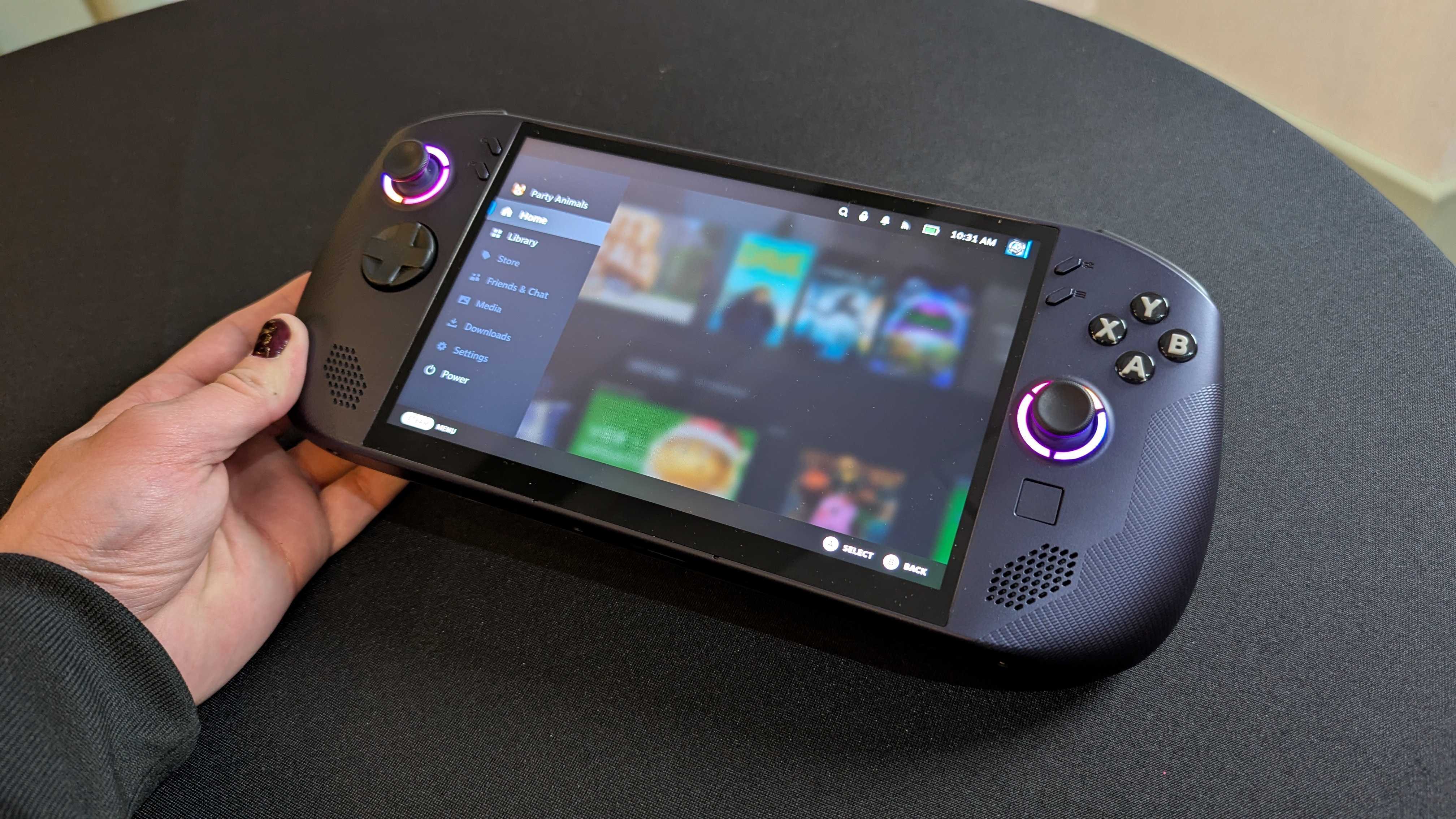Windows dominates the desktop operating system (OS) market share by an astounding 73.38% (via statcounter) and doesn’t give an inch until Apple’s macOS hits second place at 14.16% — that is total domination for Microsoft. However, it would be impolite to ignore a vocal minority who choose to stick with Windows 10, either in defiance of Microsoft’s shift towards built-in artificial intelligence (AI) with Copilot or due to “non-negotiable” system requirements.
Frankly, there is a broad misinterpretation of AI, mostly spurred by image and video generators with an issue of crooked ‘deepfakes’ around the web. However, there are genuinely useful hardware-level integrations with Neural Processing Units (NPUs) to learn user habits and extend battery life, though I still understand any fatigue felt by tenacious Windows 10 users as Microsoft pushes Copilot+ PCs and artificial intelligence into its entire suite.
The end of Windows 10 and Microsoft 365

So, if remaining on Windows 10 is the only method of rebellion for those who rely on Microsoft’s OS but don’t want to deal with troubling issues with security updates, what choice will they have when it reaches end-of-life on October 14 this year? I broke it down with Mikah Sargent on This Week in Tech, and choices for regular consumers boil down to paying $30 for a single year of extended security updates or relenting to buy the minimum required hardware to pass the TPM 2.0 requirement of Windows 11.
While a large chunk of the Windows 10 shutoff controversy revolves around similarly time-limited death sentences of Microsoft 365, there is a secondary group of steadfast users refusing to upgrade to Windows 11 who, while not representing the majority, are certainly vocal enough to stand out: PC gamers. Plenty of enthusiasts are perfectly happy sticking with Windows 10, and my history as a user who skipped Vista and Windows 8 helps me sympathize with the notion of double-jumping Microsoft’s OS releases instead of upgrading in single iterations.
Linux rides desperately in Valve’s trojan horse
If Valve can release SteamOS, its in-house operating system based on the open-source Arch Linux designed for its Steam Deck, at the right time, just before Windows 10 reaches its end-of-life state and Microsoft forces users to upgrade to Windows 11 or abandon some deadlocked machines as e-waste, it could mark a significant shift in the PC gaming scene. It’ll come with caveats, including learning a new operating system, but I already dual-boot similar Linux distributions (Fedora with KDE) and find the only missing link is functioning anti-cheat.
I don’t think we’ll ever see a true “year of the Linux desktop” because Windows has, and likely always will be, a smoother experience for the average user. However, for those willing to switch between SteamOS and Windows 11 for the best of both worlds, the appeal of a ‘console-style’ operating system alongside a shift away from integrated artificial intelligence will be strong. Microsoft’s saving grace might be its pledge to double down on Windows improvements for handheld gamers, but I’m not holding my breath.





